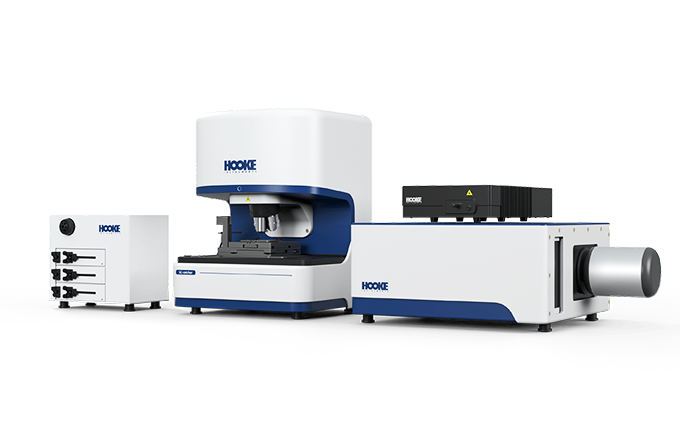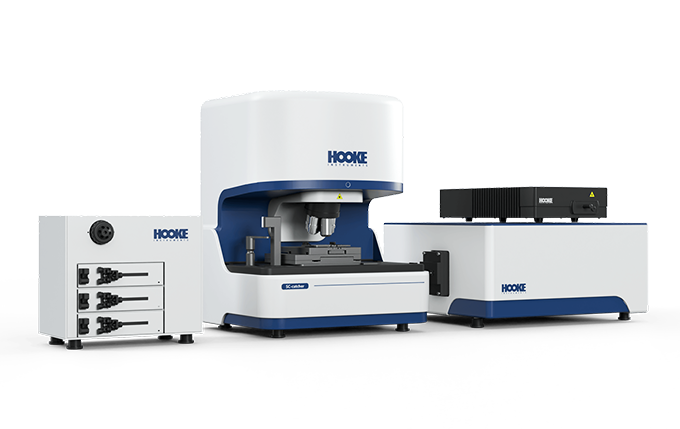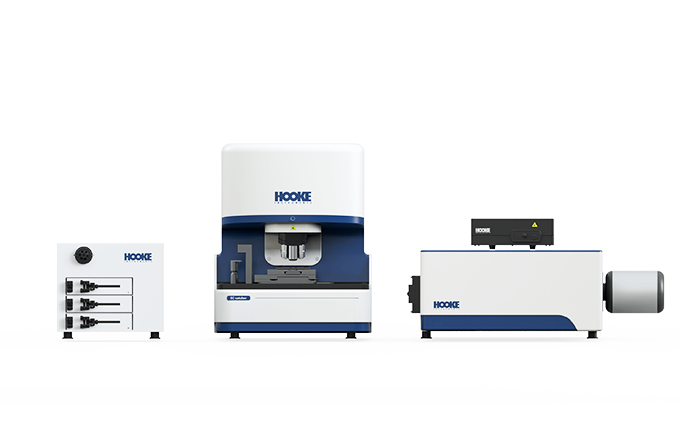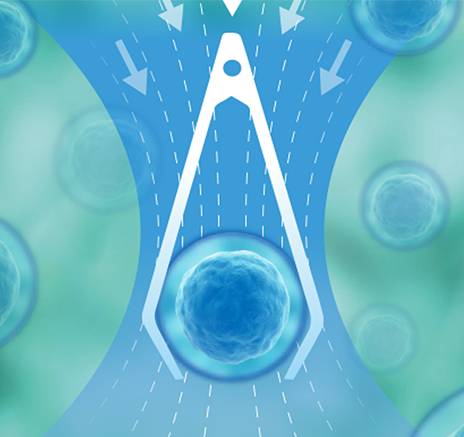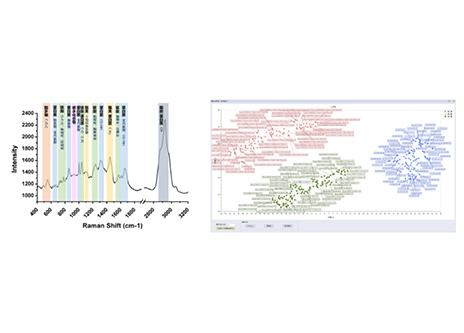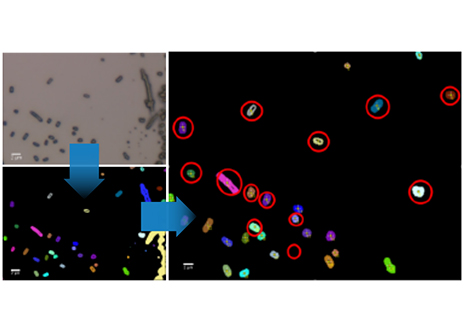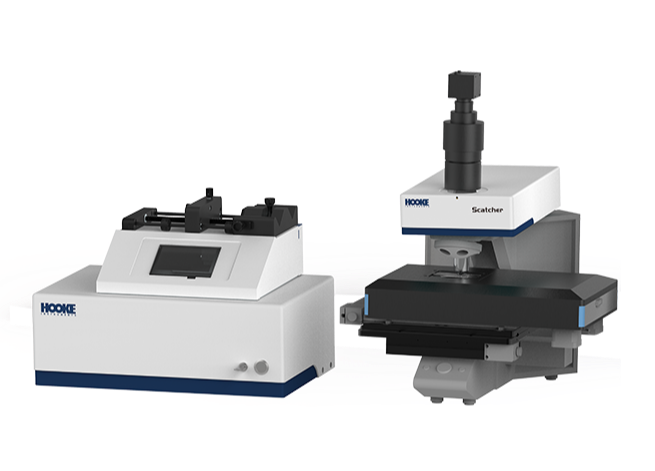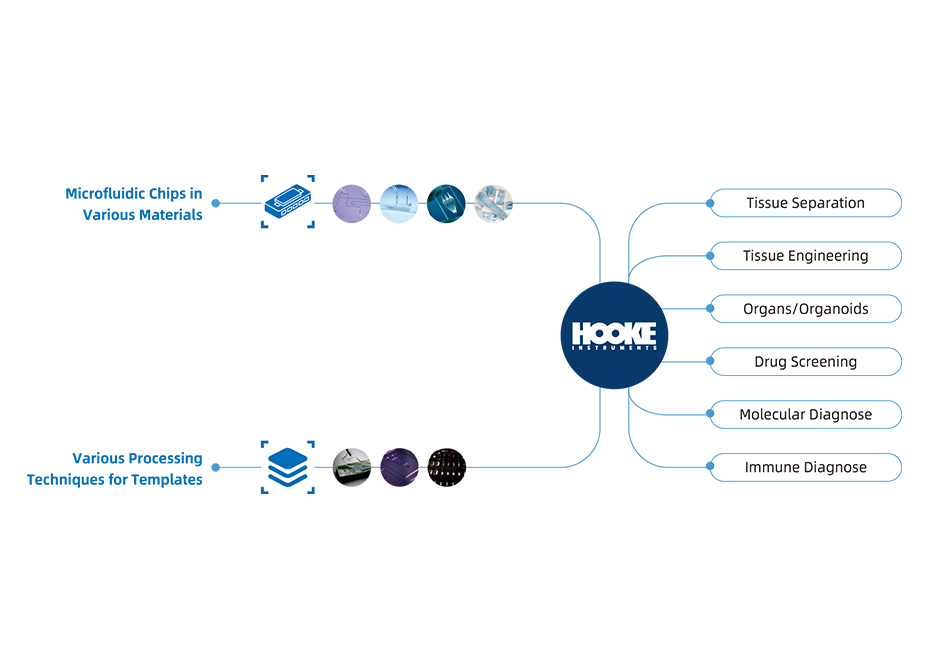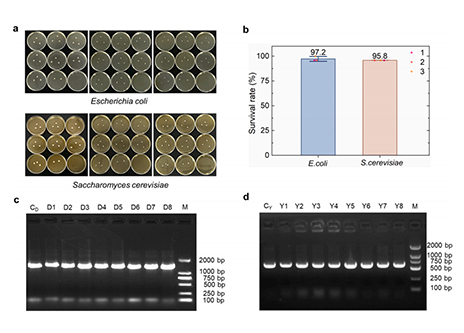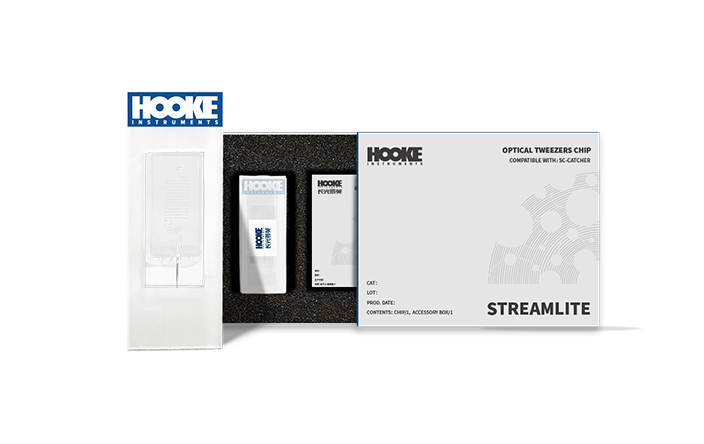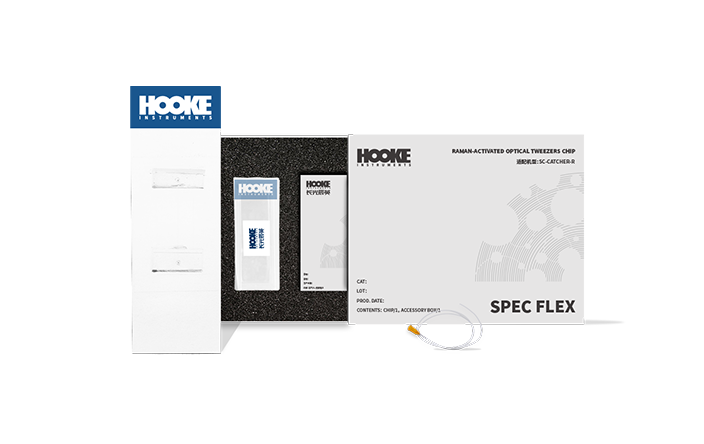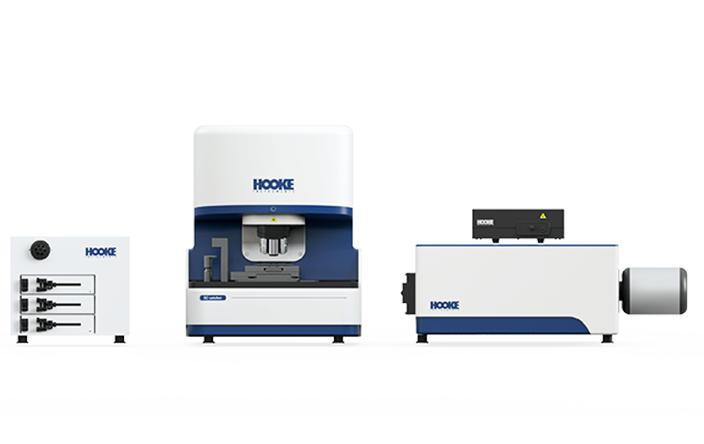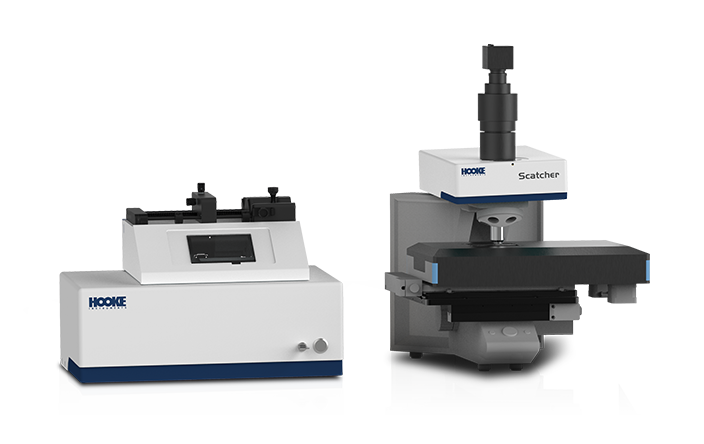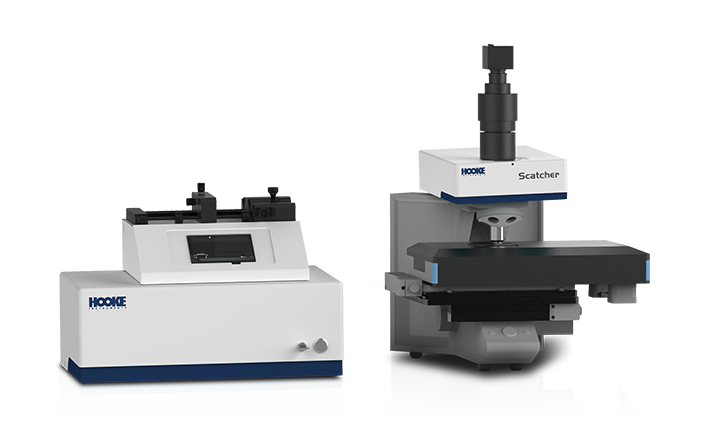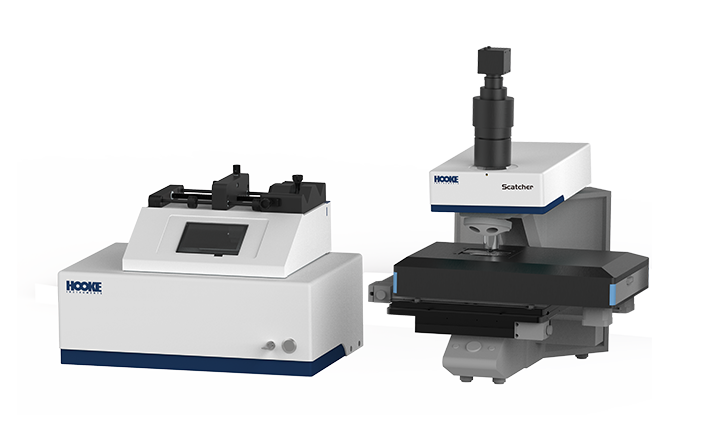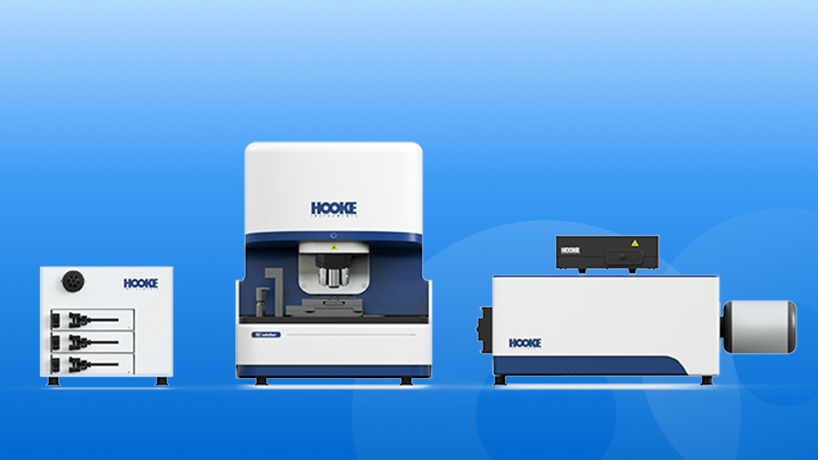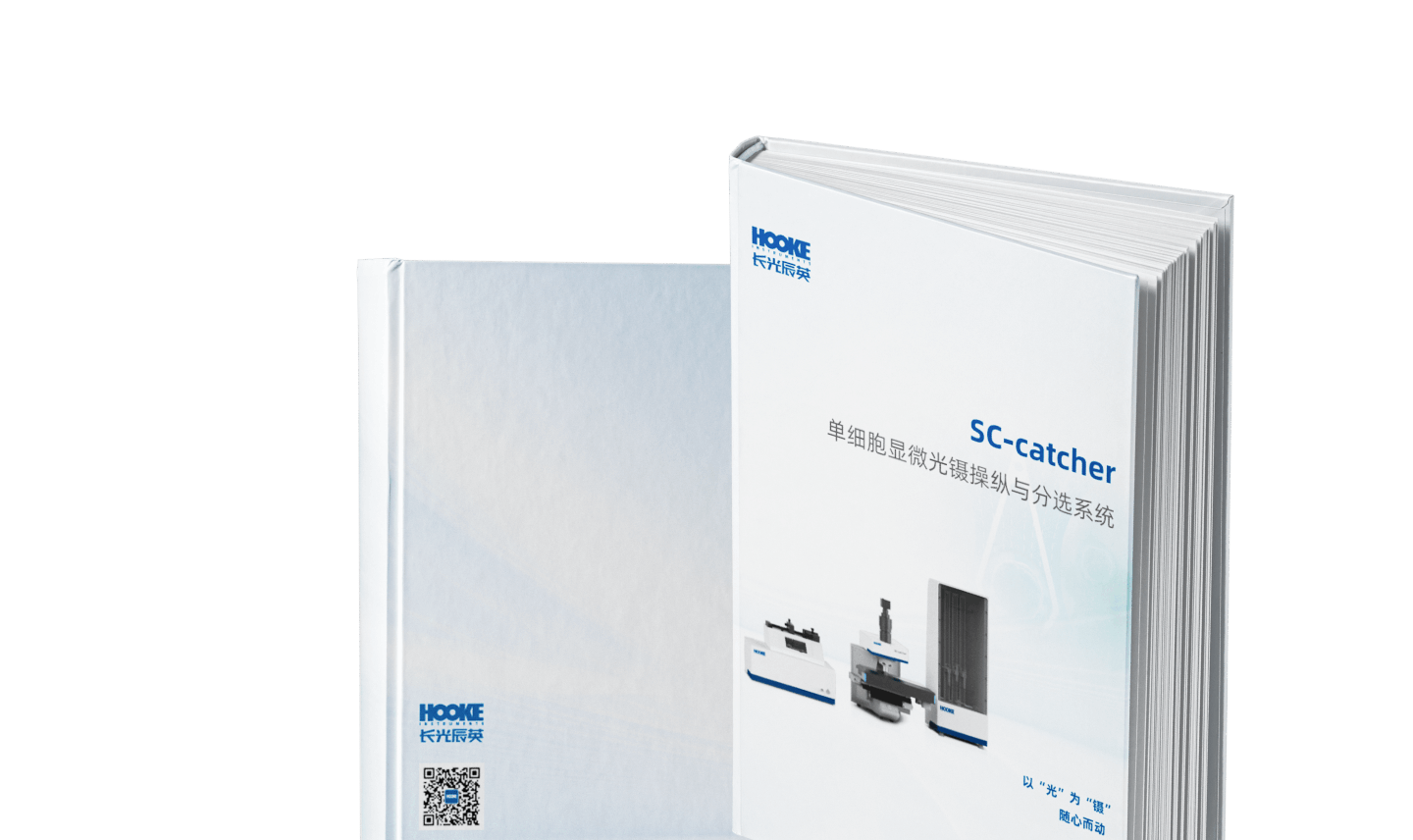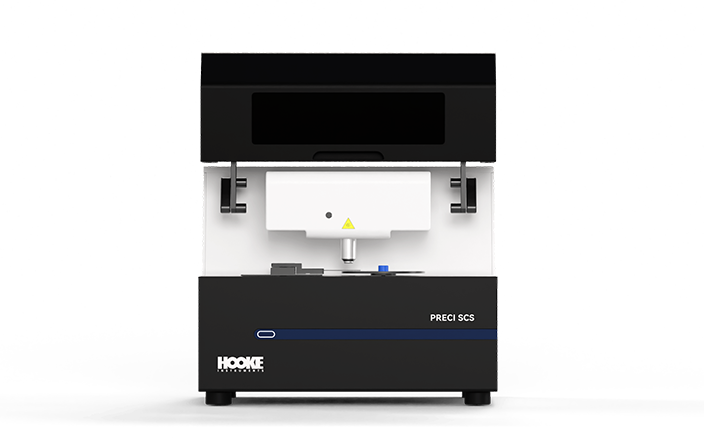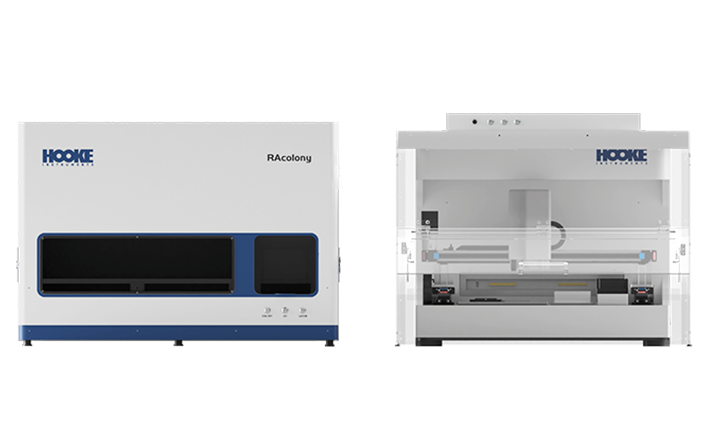Scatcher Ultra
Single-Cell Raman Optical Tweezers Sorter
The Scatcher Ultra Single-Cell Raman Optical Tweezers Sorter is a cutting-edge device that integrates confocal Raman spectroscopy with a single-cell optical tweezers sorting system. This system is capable of performing morphological identification, Raman spectra acquisition on single cells or microparticles within samples. Furthermore, it can utilize optical tweezerss to capture, manipulate and isolate these entities, followed by automatically collecting them to receivers. The isolated single cells can be readily utilized for downstream applications such as culture amplification and sequencing, offering novel strategies for research in microbiology, oncology, drug development, and other biomedical research field.
Brochures
Advantages
-
Visual-guided and Precise Single-Cell Sorting
Under the microscope, optical tweezers technology ensures high-precision capture, manipulation and isolation of single cells or particles, achieving a sorting success rate of over 95%. It preserves the in situ state, growth activity, and metabolic functions of cells, with a post-sorting culture success rate of over 90%.
-
Confocal Raman Spectroscopy System for Single-Cell Identification
The high-throughput confocal optical path design focuses on addressing the challenge of capturing weak biological signals.The instrument is equipped wiht multi-dimensional spectral calibration function, ensuring the reproducibility of Raman data. The intelligent spectral data analysis software integrates various biological Raman data analysis workflows.
-
Highly Automated Workflow, Easy to Learn and Use
Our system integrates a variety of advanced functions, including autofocus, continuous multi-field image acquisition, automactic image tiling and stitching, intelligent visual-guided single-cell identification, intelligent data analysis with one-click report export and fully automated cell retrieval. It significantly reduces experimental workload and greatly enhance research efficiency.
-
Multiple Models to Meet Various Application Needs
The instrument can be equipped with a fluorescence module and Raman spectroscope identification module, enabling multi-modal single-cell phenotypic detection and identification, thereby expanding its application scenarios. It can be installed in biosafety cabinets, anaerobic chambers and laminar flow hoods to better meet the needs of different applications.
-
Customized Microfluidic Cell Manipulation Chips
We can design and fabricate microfluidic chips tailored to users' specific experimental needs, offering comprehensive end-to-end solutions.
-
Comprehensive Solution for Microbial Single-Cell Analysis
We offer a complete experimental workflow and technical solution, including sample preparation, intelligent single-cell morphological recognition, single-cell Raman spectroscopy acquasition and analysis, visual-guided and precise single-cell isolation, single-cell whole-genome amplification and sequencing, single-cell culture, and more.
Working Principle
Optical tweezerss employ a highly concentrated laser beam to apply optical stresses to single cells, allowing them to be in situ, damage-free captured and manipulated. This approach enables researchers to achieve precise manipulation and isolation of single cells without disrupting cellular structure or compromising their functionality.


Workflow
-
01Preparation of samples

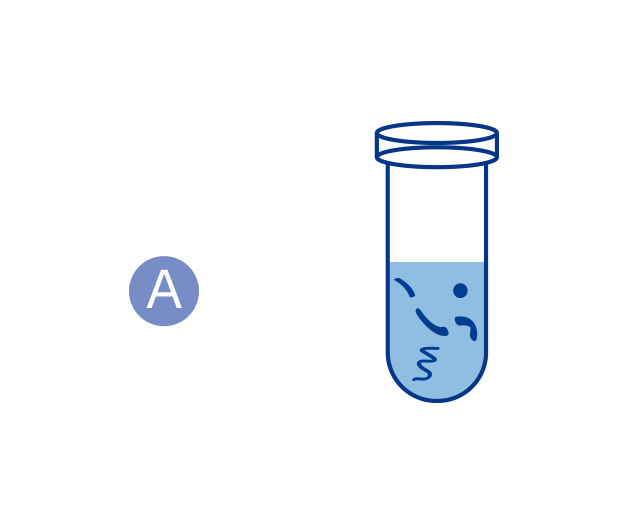
-
02On-chip sample injection


-
03Optical tweezers capture the target

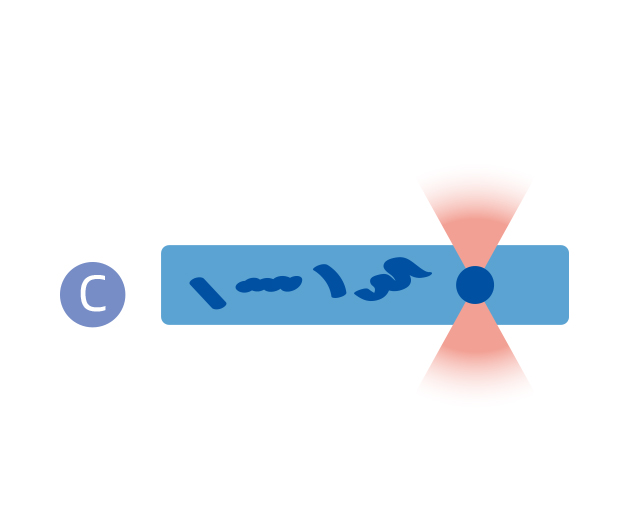
-
04Cells of interest are encapsulated into microdroplests


-
05Cell collection

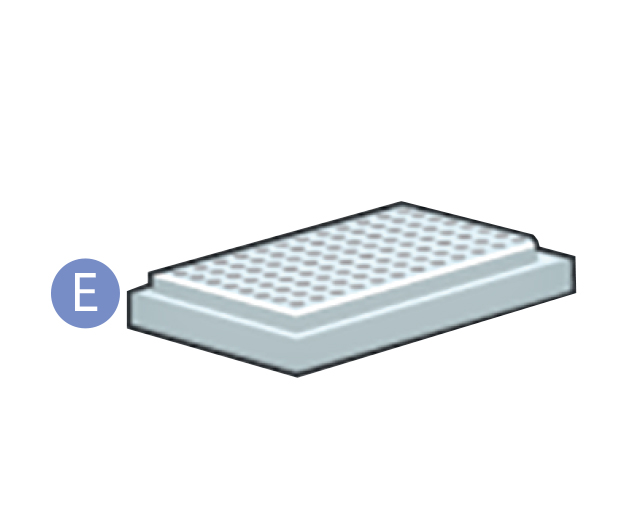
-
06Downstream experiments (sequencing,cultivation, etc.)

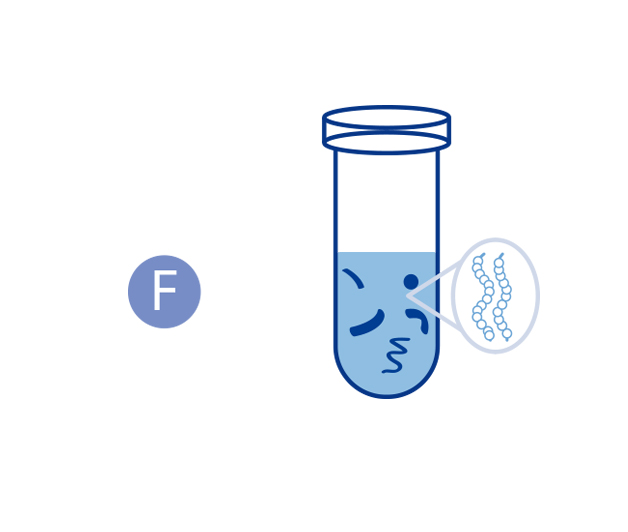
Applications
-
 Microbiology
MicrobiologyAddressing the research challenge of uncultured microorganisms through a multidimensional and multiscale research platform.
-
 Medical Research
Medical ResearchPhenotypic detection combined with single-cell analysis enhances detection speed and accuracy, driving advancements in medical research.
-
 Microplastics
MicroplasticsFrom environment to biological samples, rapid identification of microplastics in various samples.
-
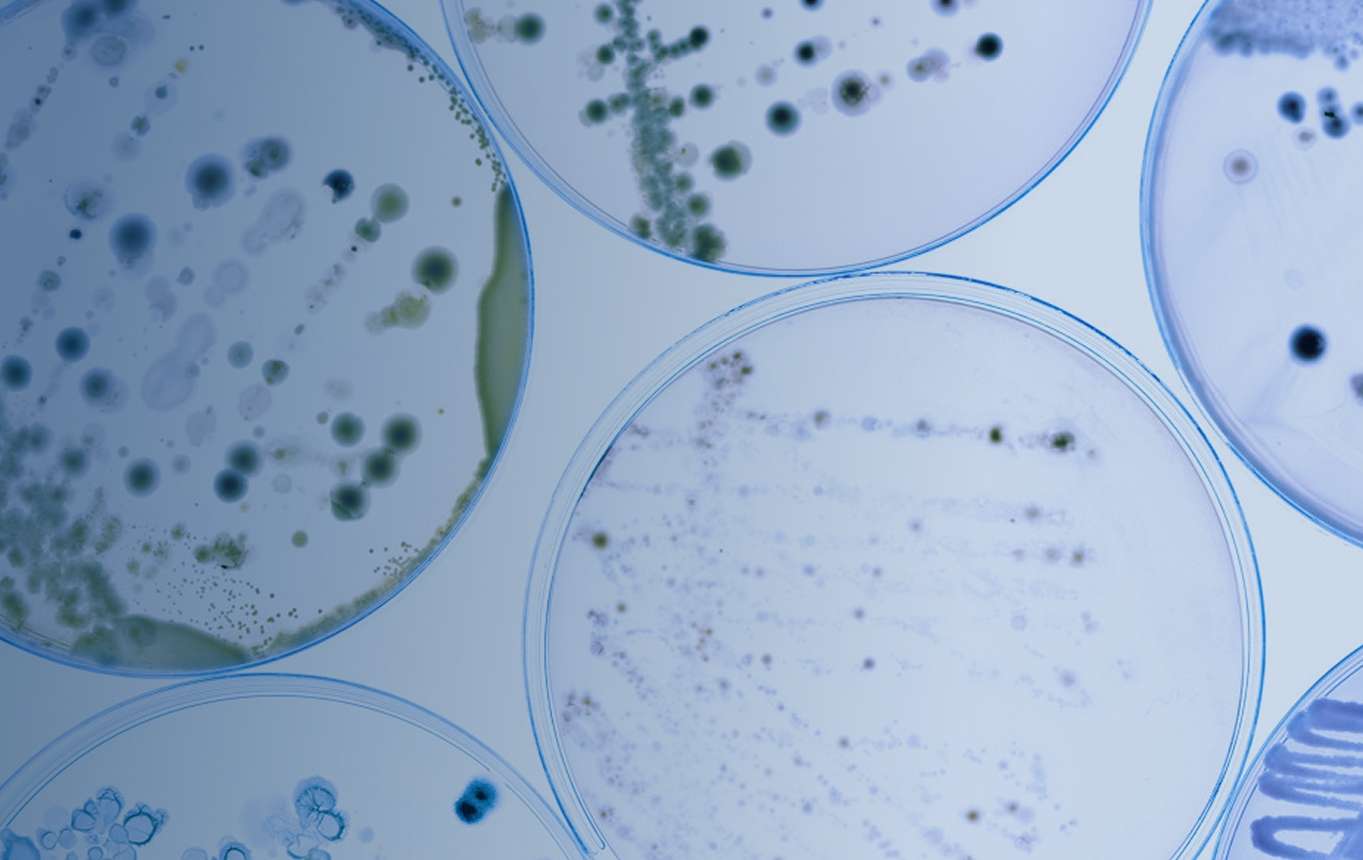 Fermentation Broth Testing
Fermentation Broth TestingThe integration of AI morphology analysis and Raman spectroscopy technology drives innovation in fermentation broth detection techniques.
-
 Microbiology
MicrobiologyAddressing the research challenge of uncultured microorganisms through a multidimensional and multiscale research platform.
-
 Medical Research
Medical ResearchPhenotypic detection combined with single-cell analysis enhances detection speed and accuracy, driving advancements in medical research.
-
 Microplastics
MicroplasticsFrom environment to biological samples, rapid identification of microplastics in various samples.
-
 Fermentation Broth Testing
Fermentation Broth TestingThe integration of AI morphology analysis and Raman spectroscopy technology drives innovation in fermentation broth detection techniques.
Publications
-

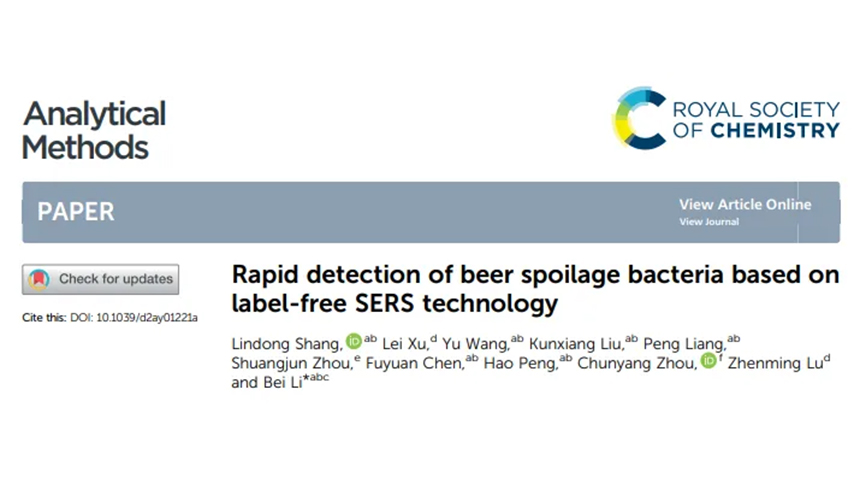 Analytical Methods丨Rapid detection of beer spoilage bacteria based on label-free SERS technology2022.12.17
Analytical Methods丨Rapid detection of beer spoilage bacteria based on label-free SERS technology2022.12.17 -

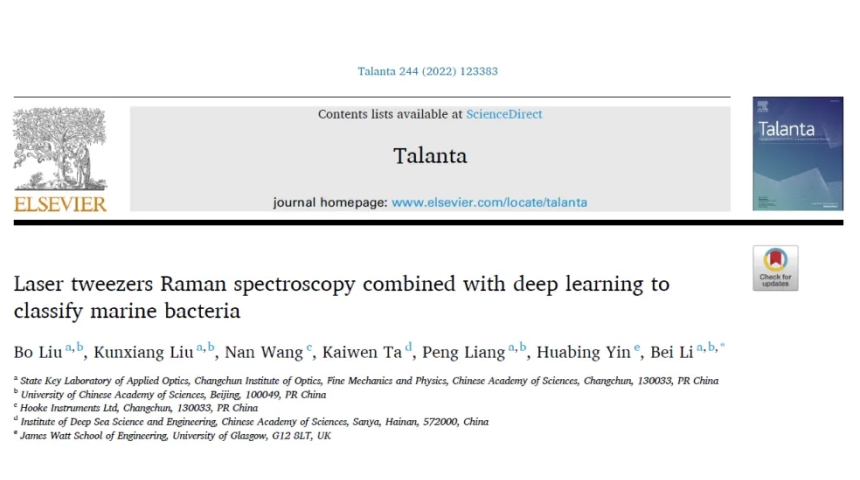 Talanta|Laser tweezers Raman spectroscopy combined with deep learning to classifymarine bacteria2022.03.29
Talanta|Laser tweezers Raman spectroscopy combined with deep learning to classifymarine bacteria2022.03.29
Model Comparison
-
Functional Parameter
-
Applicable Sample Types
-
Sortable Cell Types
-
Sortable Cell Size
-
Single-cell Yield
-
Single-cell Viability Rate
-
Optical Tweezers Laser
-
Electric Stage
-
Cell Collector
-
Morphological Identification
-
Microscope
-
Fluorescence Recognition
-
Fluorescence Channel
-
Raman Spectral Identification
-
Confocal Raman Spectrometer
-
Data Analysis
-
-
Samples such as soil, marine, sediment, feces, pure cultures, etc
-
Bacteria, fungi, microalgae, mammalian cells, protoplasts, etc
-
0.5-20 μm
-
>95%
-
>90%
-
1064 ± 1 nm
-
Stage travel: X≥110 mm, Y≥75 mm
Repeatability:±1 μm
Knob control -
8-tube strip collection
-
Bright field microscope
-
-
-
Spectral range:90-3600 cm-1
Spectral resolution:≤3 cm-1
SNR:≥30:1
Built-in multi-dimensional spectral calibration system -
Single-spectrum processing, Multi-spectrum batch processing, Characteristic peak analysis, Cluster analysis, Classification analysis, etc.
-
-
-
-
Samples such as soil, marine, sediment, feces, pure cultures, etc
-
Bacteria, fungi, microalgae, mammalian cells, protoplasts, etc
-
0.5-20 μm
-
>95%
-
>90%
-
1064 ± 1 nm
-
Stage travel: X≥110 mm, Y≥75 mm
Repeatability:±1 μm
Knob control -
96-well plate collection
-
-
-
Bright field microscope
-
-
-
-
-
-
-
-
-
-
-
-
-
Samples such as soil, marine, sediment, feces, pure cultures, etc
-
Bacteria, fungi, microalgae, mammalian cells, protoplasts, etc
-
0.5-20 μm
-
>95%
-
>90%
-
1064 ± 1 nm
-
Stage travel: X≥110 mm, Y≥75 mm
Repeatability:±1 μm
Knob control -
96-well plate collection
-
Bright field microscope
-
4-channel fluorescence imaging: DAPI, GFP, Cy3, Cy5 (additional wavelengths customizable)
-
-
-
-
-
-
Samples such as soil, marine, sediment, feces, pure cultures, etc
-
Bacteria, fungi, microalgae, mammalian cells, protoplasts, etc
-
0.5-20 μm
-
>95%
-
>90%
-
1064 ± 1 nm
-
Opention
-
Opention
-
-
-
-
-
-
-
-
View More




